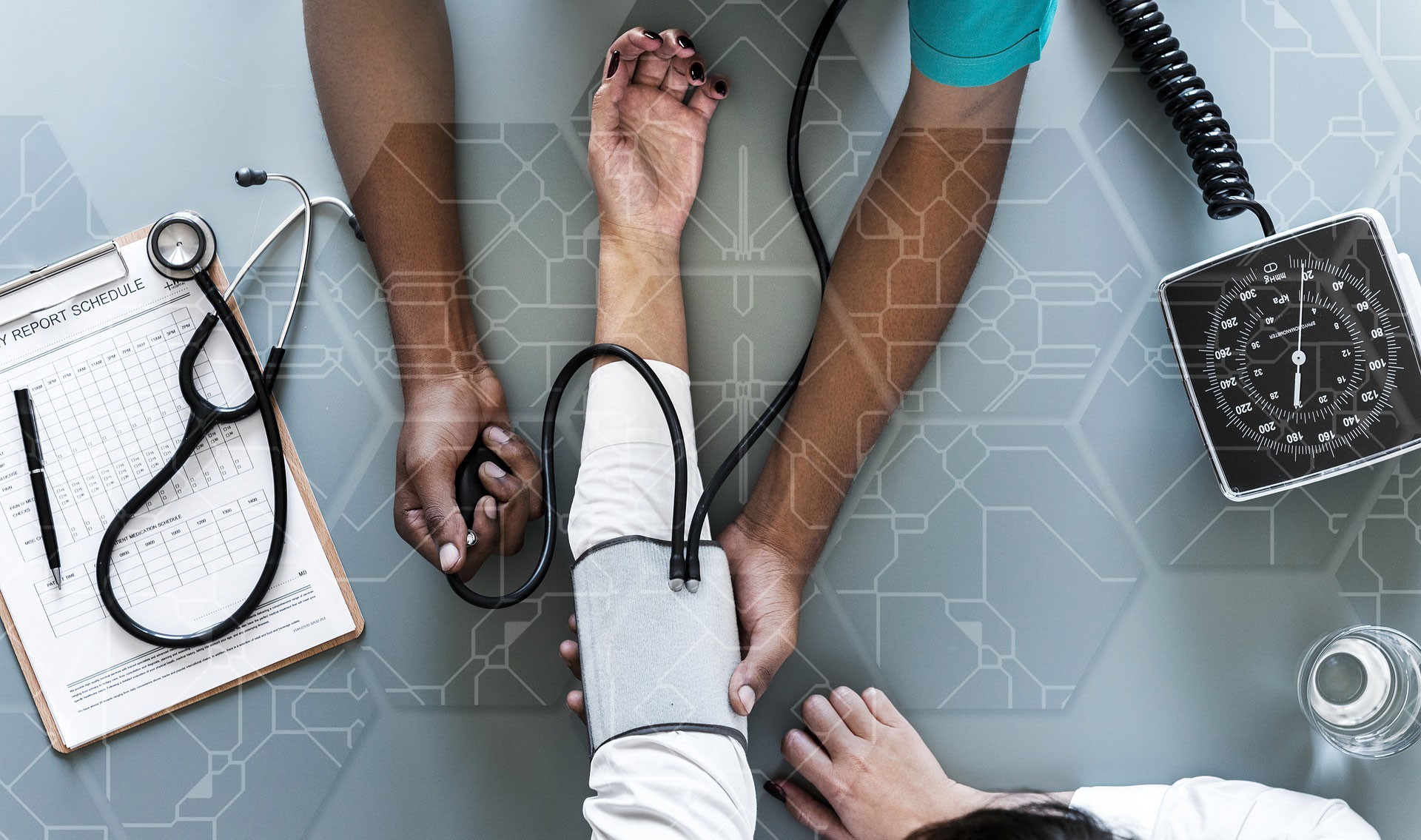
Healthcare Data Lake: 5 key benefits
The Economist recently stated, “The world’s most valuable resource is no longer oil, but data.” And with today’s IoT (the Internet of Things) devices, industries are being disrupted, and simultaneously brought together with hyper-connected, ultra-personalized experiences.
The world’s most valuable resource is no longer oil, but data.
In particular, one application of IoT is very promising: the impact of connected devices on the healthcare industry. With a projected $11.1 trillion market, nearly a third of IoT devices will be related to healthcare by 2025, according to McKinsey research.
These IoT devices — or health-conscious wearables — popularized by the likes of Fitbit, have the capability to capture vital data such as heart rate, blood sugar levels, medication intake, diet, and exercise, among many other metrics. While it’s important data to the patient, it’s just as important to the provider and doctor, which can be delivered quickly or in real-time. As these technologies become more affordable, adoption will increase.
But a key challenge to managing all of this data is to go beyond simply collecting it — the data must be captured in a way that makes it easily available and actionable for the healthcare provider and its patients. And as data grows in volume, variety, and velocity (the three V’s of big data), the underlying technologies are evolving in new ways, being replaced with newer systems like Hadoop. The result is that healthcare organizations’ important life-changing data has become fragmented by a myriad of data sources from multiple locations.
So what’s the solution? Healthcare organizations, including providers, payers, pharmaceuticals, and medical equipment suppliers must rethink how they capture, organize, and analyze their data, by embracing a common data platform. These types of healthcare organizations are in desperate need of a solution that can integrate data originating from multiple sources and in a variety of different formats, while at the same time preserving associated metadata — which is what a healthcare data lake with archiving was designed for.
The Solix Common Data Platform (CDP), which provides both of these technologies, is a uniform data collection, retention management, and bulk data storage solution for structured and unstructured data. Beyond healthcare data lake and enterprise archiving, the Solix CDP also features data governance and advanced analytics applications to help organizations achieve data-driven business results.
By implementing the Solix CDP, healthcare organizations can effectively meet the 5 C’s (Cost, Compliance, Cash, Cloud, and Customer):
- Cost: Data collection is a priority for all healthcare organizations. Archiving and retirement provide the necessary technologies to reduce cost across the organization.
- Compliance: Having a healthcare Data Lake in place helps meet strict compliance requirements, like GDPR, since data can be monitored and secured.
- Cash: Healthcare organizations are running on laser thin margins — optimizing on cash and collections will help operations.
- Cloud: Migration to the cloud using Solix CDP has huge benefits — cost, speed, scalability, and much more.
- Customer: A 360 view of the customer with potential to upsell and cross-sell, for all. For instance, Providers can predict and potentially prevent diseases, with the help of predictive analytics.
Below are a few specific use cases of Data-driven Healthcare solutions on the Solix CDP:
- Providers: Improve the performance of applications from most major vendors like Epic, Cerner and Allscripts while also reducing infrastructure costs by archiving less active data, ensuring compliance through a governance framework.
- Payers: Archive less active ERP data to reduce hardware costs and connects to dashboards for advanced predictive analytics in areas ranging from preventing fraudulent claims to developing new reimbursement models, including outcome-based payment, while maintaining compliance with HIPAA and GDPR.
- Pharmaceutical Industry: Optimize infrastructure costs by archiving data from sources like ERP applications, FDA processing and genomic research data to a common data platform, staging them for advanced analytics to unlock insights from improving manufacturing yields to advancing developments in fields such as predictive and personalized medicine.
- Medical Equipment Suppliers: Optimize infrastructure by moving ERP, product and customer data to a common data platform to enable advanced analytics and downstream applications in areas ranging from supply chain and materials management to discovering untapped revenue streams.



